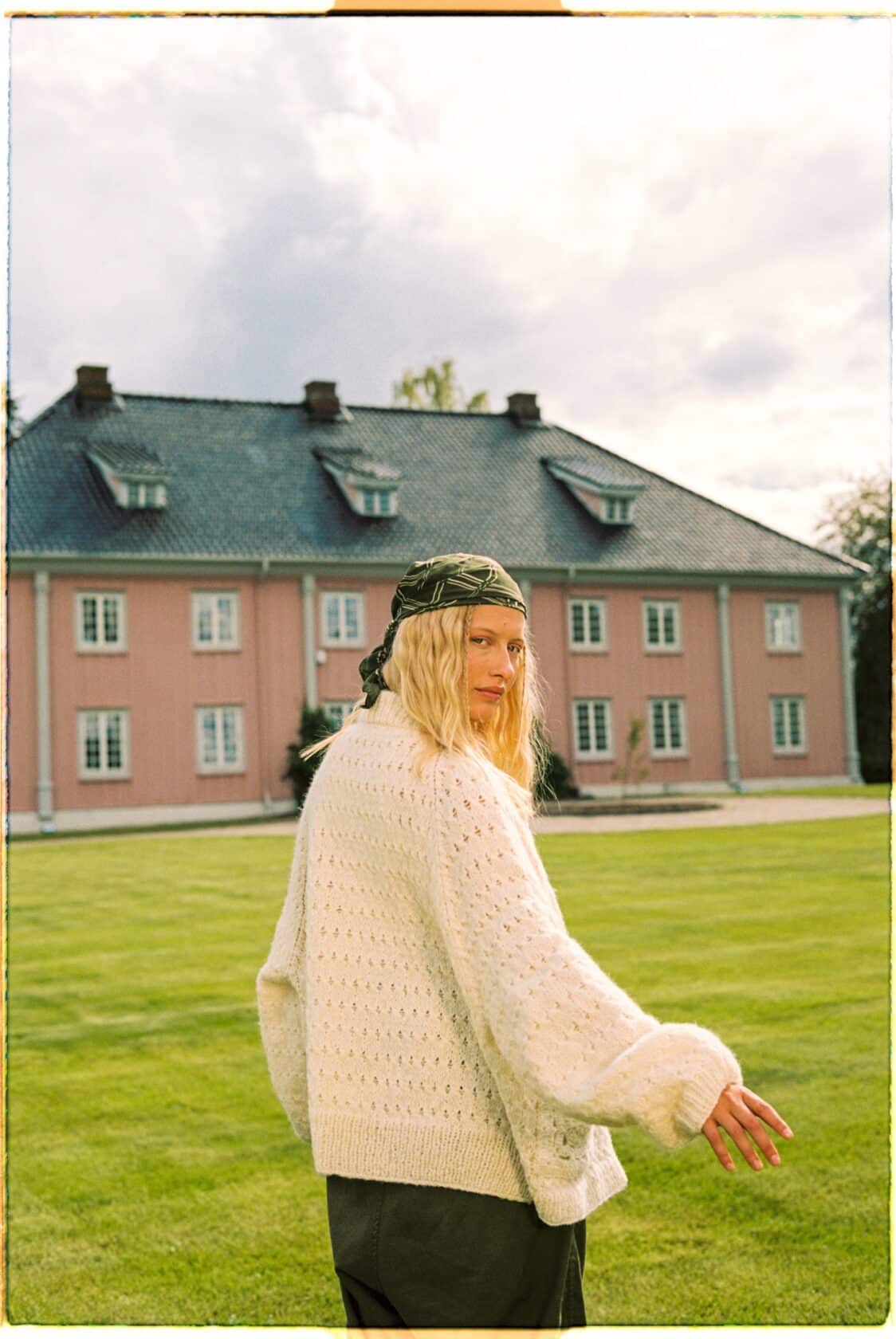Think green
they say
What is green?
we wonder
By Dorthe Skappel and Marthe Skappel
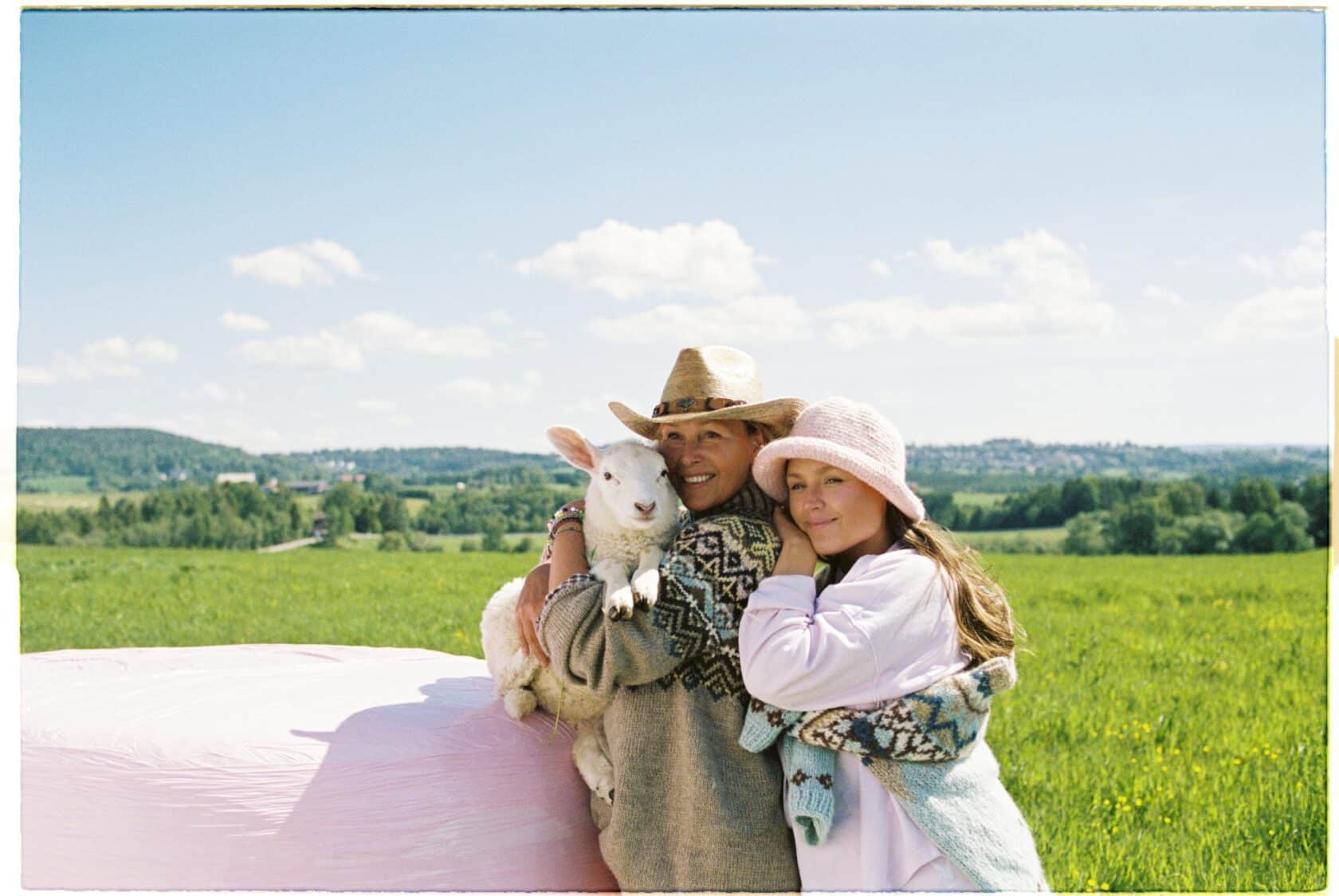
Making conscious and sustainable choices isn't always straightforward. We're bombarded with tips and information on how to think green, and how to embrace products and services that have a lesser negative impact on climate and the environment. For most of us, this can feel overwhelming, and in the grand scheme of things, our individual contributions may seem insignificant.
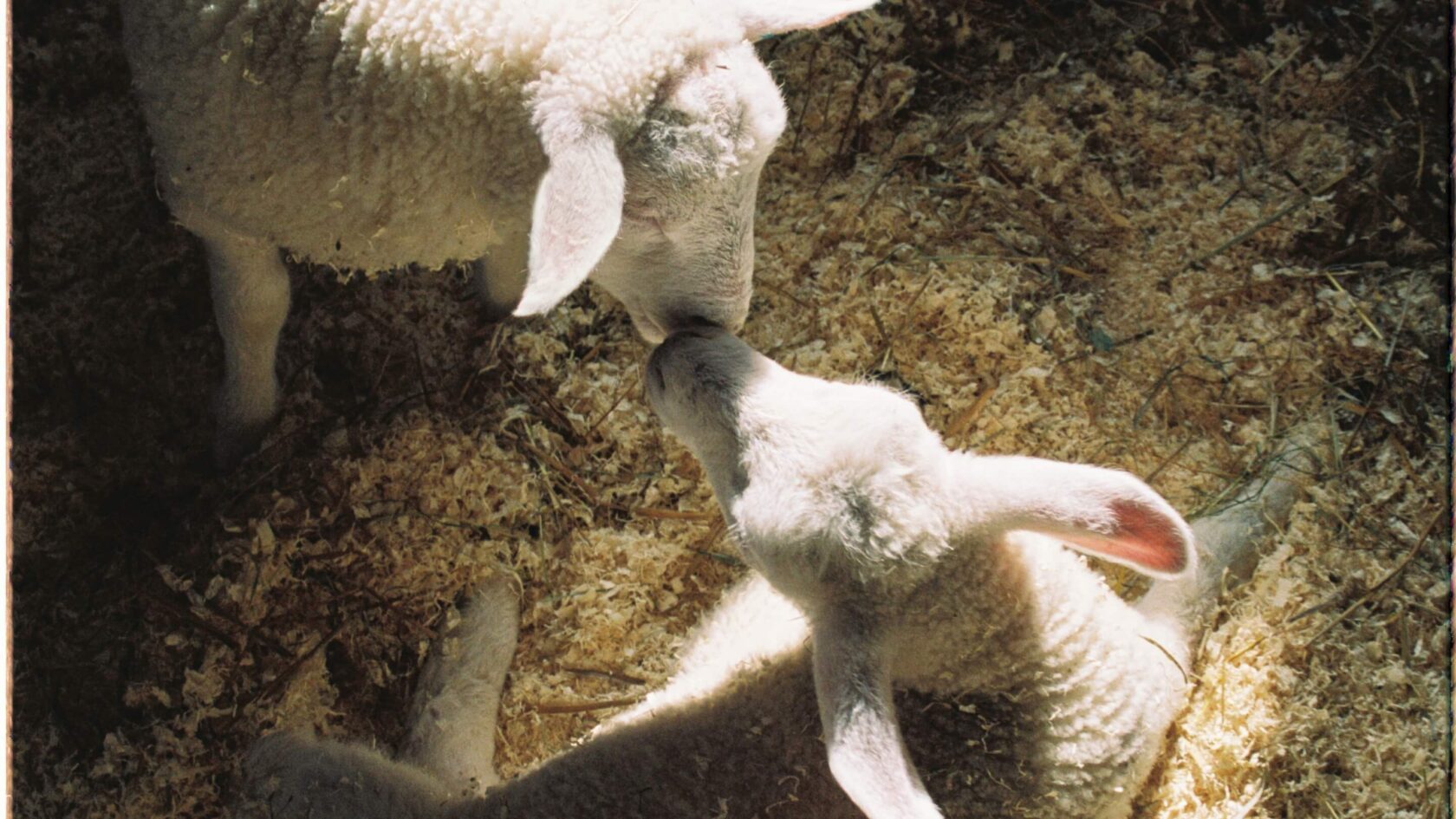
When we participated in Wool Day in 2021, we became aware of the significance of Norwegian wool and the sheep industry in Norway. A treasure that has been right in front of our noses. A wool quality with truly fantastic properties, produced by an industry that brings so much good with it, and which, for several reasons, is very important to preserve.
We want to highlight the benefits of the sheep industry and Norwegian wool, which we believe are overlooked or forgotten in discussions about the green transition.
The Climate Factor
The Green Transition
The world is in the midst of a climate crisis, and Norway has committed to becoming a low-emission country by 2050. To achieve this, we must transition to a society where growth and development occur within the limits of nature.
We agree that it is correct and important to focus on cultivating and eating more greens in the future, but not at the expense of the sheep industry, which is often referred to as an environmental villain.
Why is the sheep farming industry important?
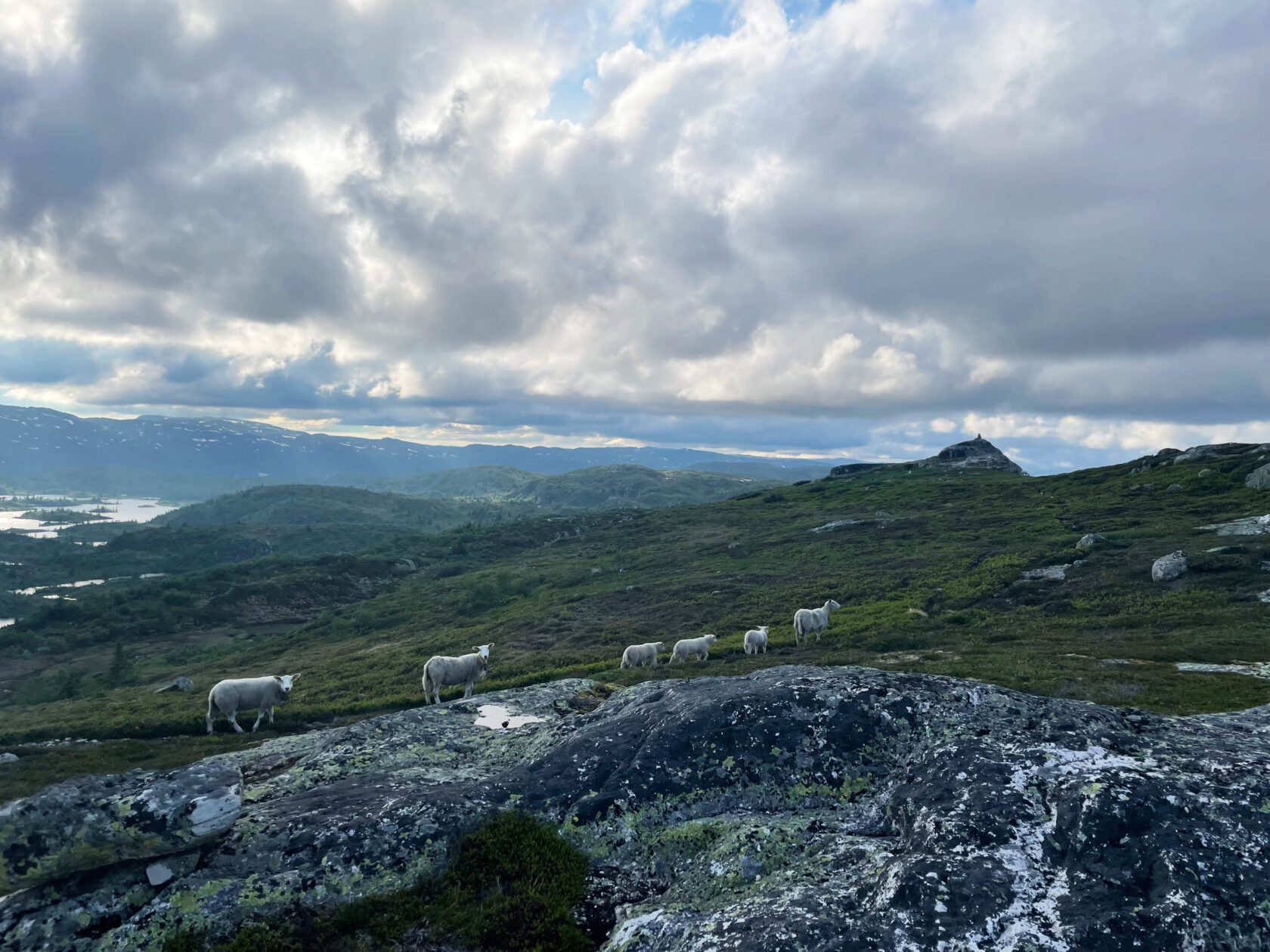
Norwegian food from Norwegian resources
Sheep is a Norwegian raw material produced with local resources. Every summer, 2.1 million sheep and lambs are released for grazing in the wilderness, where they spend a significant part of their lives.
The majority of what sheep eat is grass and other roughage. This allows the sheep to utilize resources that cannot be directly used for human food, and convert these resources into high-quality products such as meat and top-grade wool.
Conservation of Norwegian nature and cultural landscape
The IPCC emphasizes the need to utilize all available resources a country has for food production, and that production must be tailored to the natural conditions. This is also a political goal in Norway. Norway has only 3% cultivated land and other agricultural areas. 95% of the country consists of uncultivated land, and almost half of it is suitable for livestock grazing.
Biodiversity encompasses genetic diversity, species, habitats, geology, and landscapes. Loss of nature is one of the major environmental challenges of our time. Over 13,000 Norwegian farms have sheep, and sheep are therefore important for vibrant rural communities and Norwegian cultural landscapes. Sheep help control vegetation, which is crucial for maintaining biodiversity. Without animals grazing in the wilderness, Norway will gradually become overgrown.
Carbon storage
We are aware that ruminants, such as sheep and cows, are a significant source of greenhouse gas emissions. However, research suggests that well-managed grazing systems can sequester significant amounts of carbon dioxide, CO2 from the atmosphere.
As of today, the effect of carbon sequestration in pasturelands is not considered when discussing the climate impact of ruminants, and the overall climate effect of this is still under investigation.

An important point not included in the carbon footprint when discussing the sheep farming industry is the production of wool.
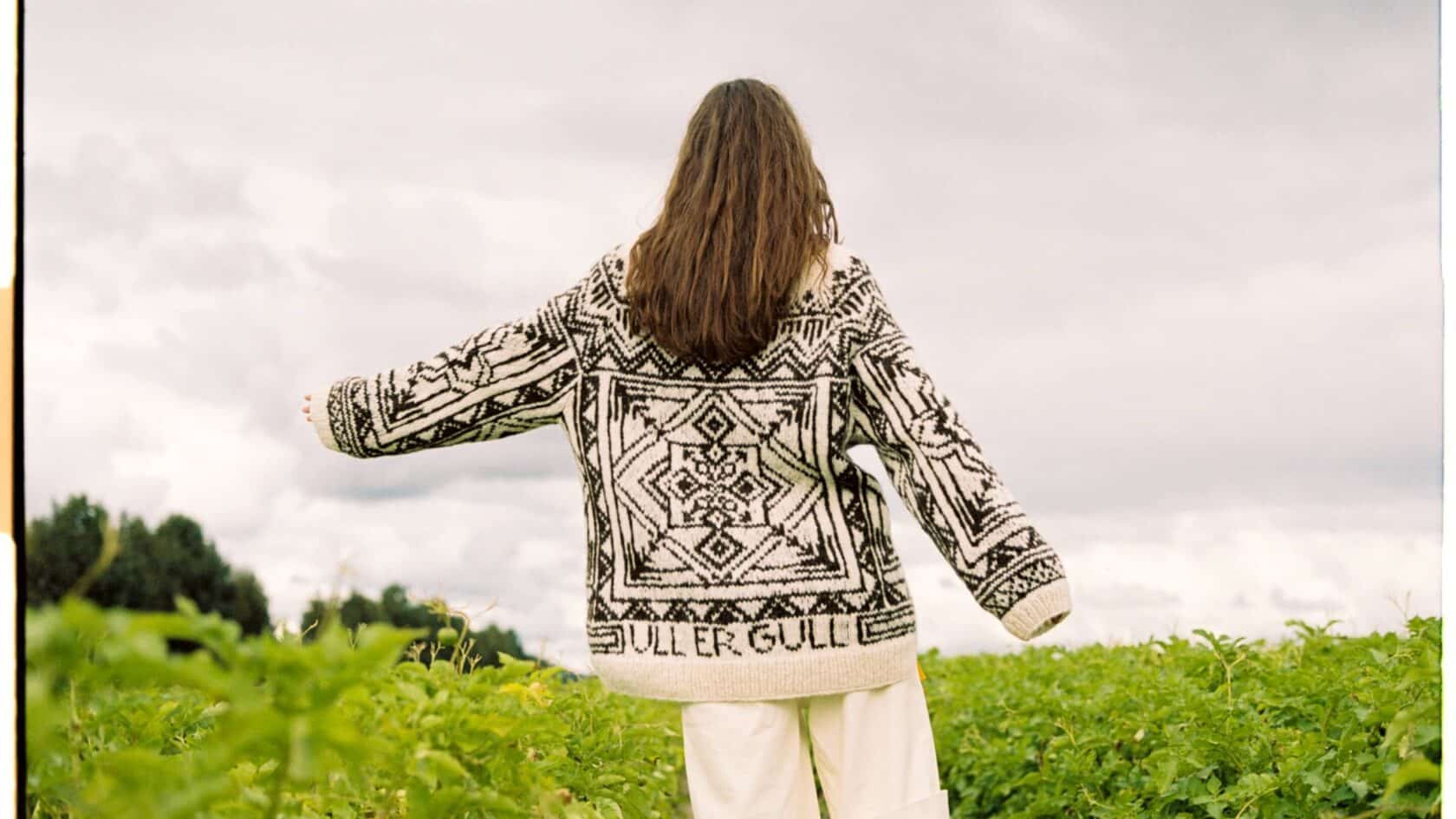
Norwegian wool is gold
The sheep industry's main source of income is the sale of meat, but the sale of wool is also essential for the economy. Each year, 4000 tons of wool are produced in Norway. Wool is a complex fiber, and some call it nature's "high tech." The wool protects sheep and lambs from the changing weather conditions they live in, from sun and heat to cold and snow. Wool is a sustainable resource that has been useful and enjoyable for us humans throughout history.
Norwegian wool and its properties
1
Sustainable textiles
Norwegian wool is renowned for its excellent resilience, durability, and luster, allowing for the creation of sustainable, long-lasting, and beautiful textiles and garments.
2
Thermoregulating
The wool is temperature-regulating, keeping you warm in winter and cool in summer.
3
Naturally water-repellent
The wool is naturally water-repellent. The surface of the wool fiber consists of a protective layer that helps prevent liquids and dirt from easily sticking or penetrating into the fiber. Therefore, wool is easy to keep clean and requires less frequent washing.
4
Longevity
Wool is particularly suited for Norwegian weather conditions, so garments made from Norwegian wool are resistant to wear and tear, have good durability, and a long lifespan.
5
Biodegradable and renewable
Norwegian wool is biodegradable and renewable, thus minimizing environmental impact.
6
Ecolabelled and responsible animal husbandry
Norwegian wool is Swan-labeled, sourced from healthy and well-cared-for animals.
What does this have to do with our knitting business?
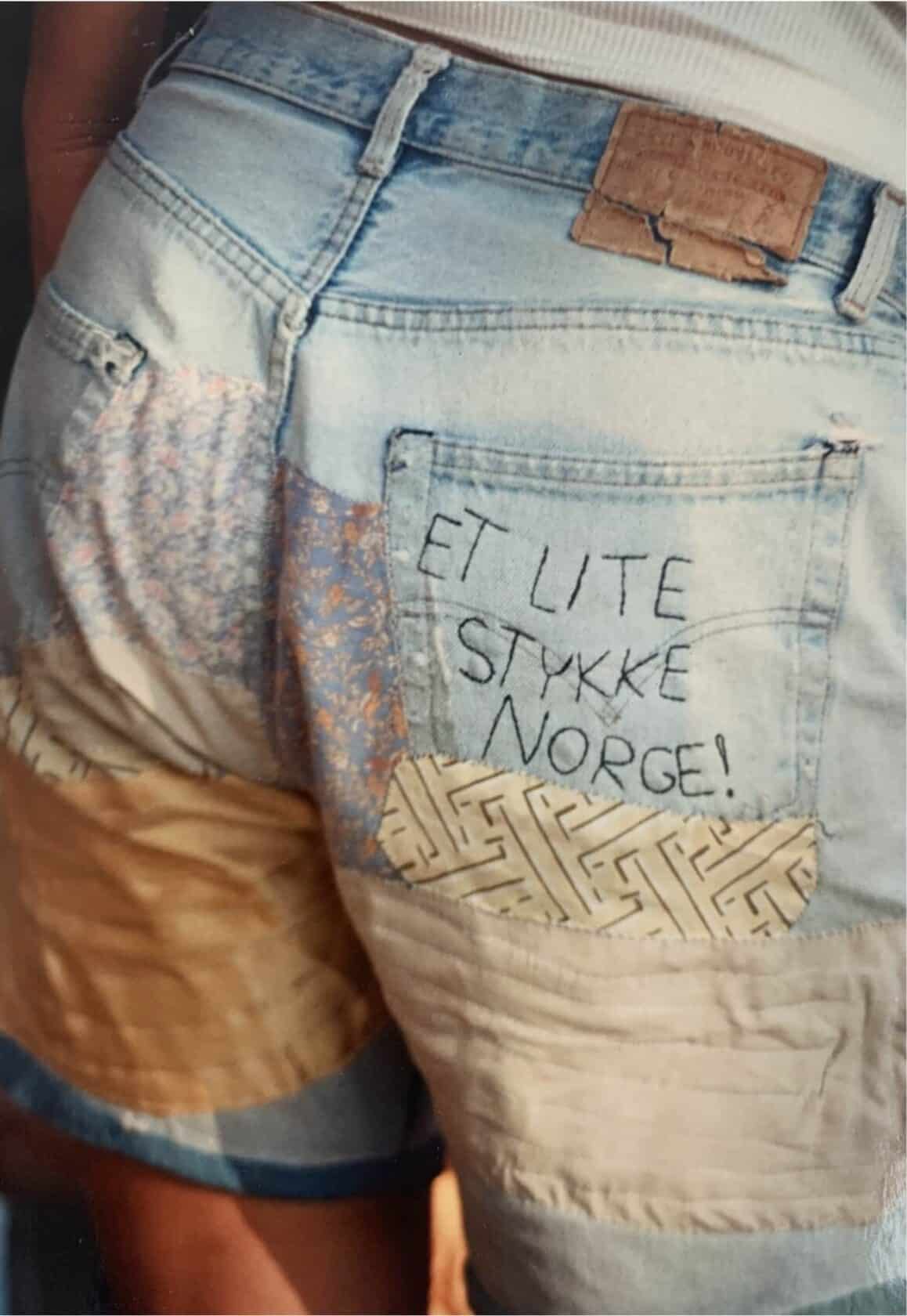
Similarly to the sheep farming industry, knitting has a long tradition in Norway. Knitting is an example of slow fashion, where we are encouraged to produce sustainable garments for long-term use. In our busy lives, traditional crafts like knitting and crocheting have also become an important source of relaxation and joy for many people. Over 40% of all women in Norway knit.
To enable people to knit sustainable garments of high quality, we aim to continue prioritizing products made from the world's finest raw material - Norwegian wool! If the sheep farming industry disappears, the important work done by grazing animals in the outlying areas will be lost, and access to Norwegian wool could potentially disappear.
For us, it is incorrect to label the sheep farming industry as an environmental villain, as sheep produce methane gas in their production of locally sourced proteins and sustainable wool, while also maintaining the cultural landscape.
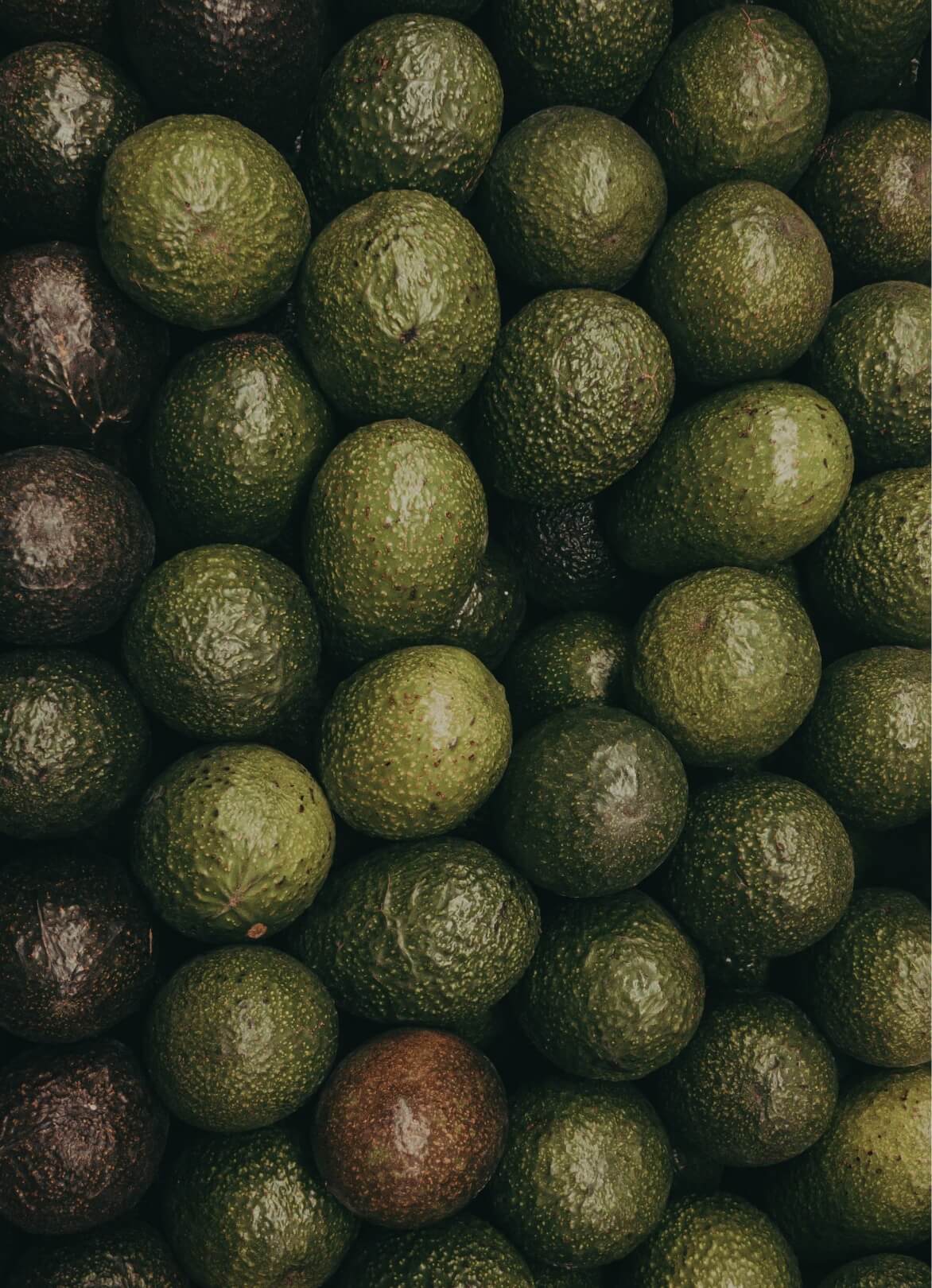
Think green
they say

Do the best you can
we say
What can you do to support the sheep farming industry?
1
Choose Norwegian wool.
Choosing Norwegian wool contributes to the existence of sheep farmers. The quality of Norwegian sheep wool is particularly well suited to climates with significant temperature variations.
2
Be conscious when you shop.
Ask questions about where the wool you're buying comes from, and choose Norwegian wool whenever possible. Whether it's yarn or textiles for clothing and home decor, opting for Norwegian wool supports local sheep farmers and promotes sustainable consumption. And best of all, you're purchasing quality that lasts.
3
Eat lamb and mutton with a clear conscience.
Norwegian lamb is a world-class ingredient. Explore new recipes with lamb and mutton. This can help increase demand throughout the year and support sustainable production.
Sources
Marion Tviland, Head of the Wool Department at Norilia
Finn Avdem, Small Ruminant Specialist at Nortura
Nyt Norge, «Sheep are useful for food», 06.02.2023
Matprat.no, "Norwegian lamb of world-class quality"
Shop the Future is Sheep collection here
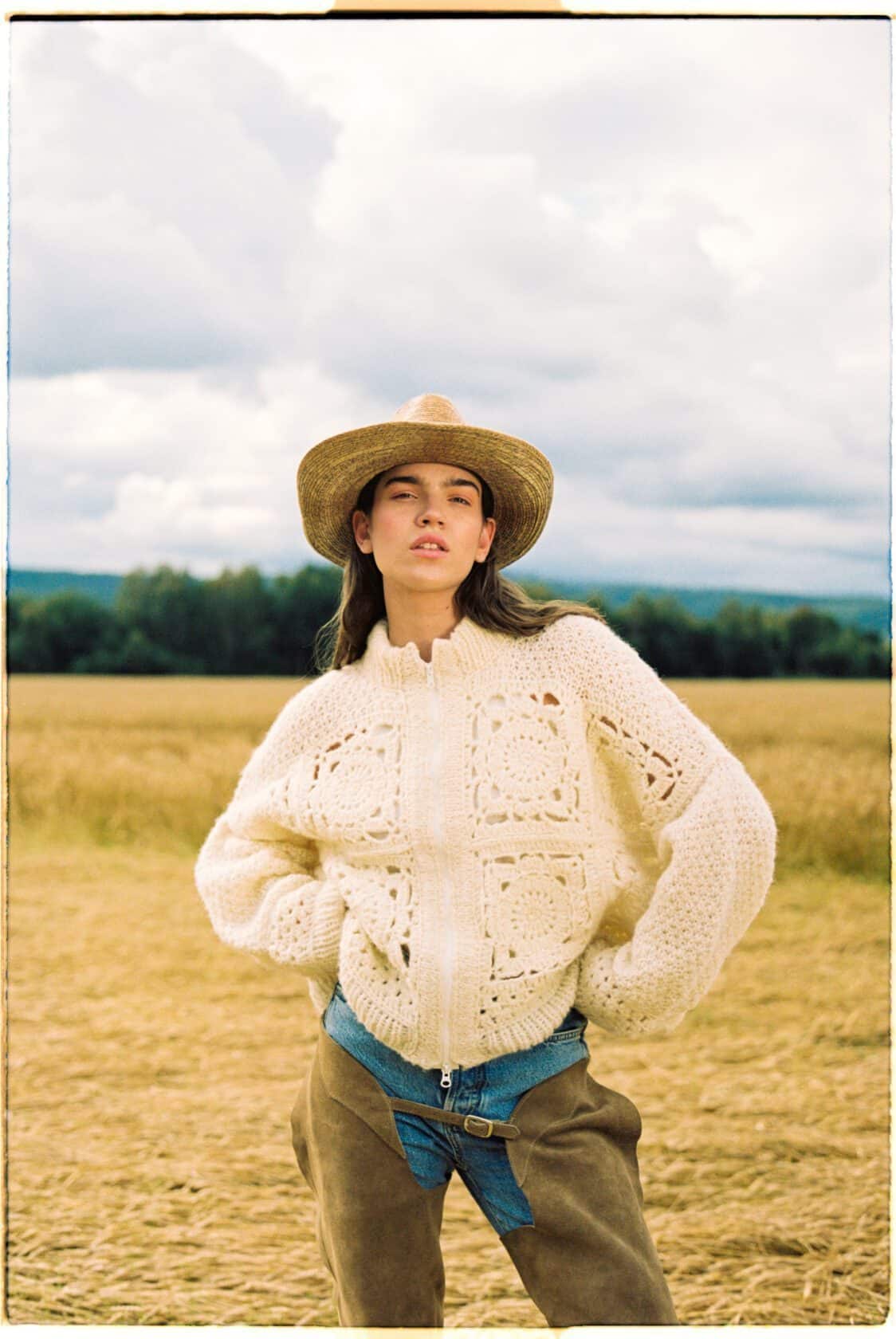
Granny Tine | Knit Kit
105 €
Kjær | Strikkepakke
1290 € – 1610 €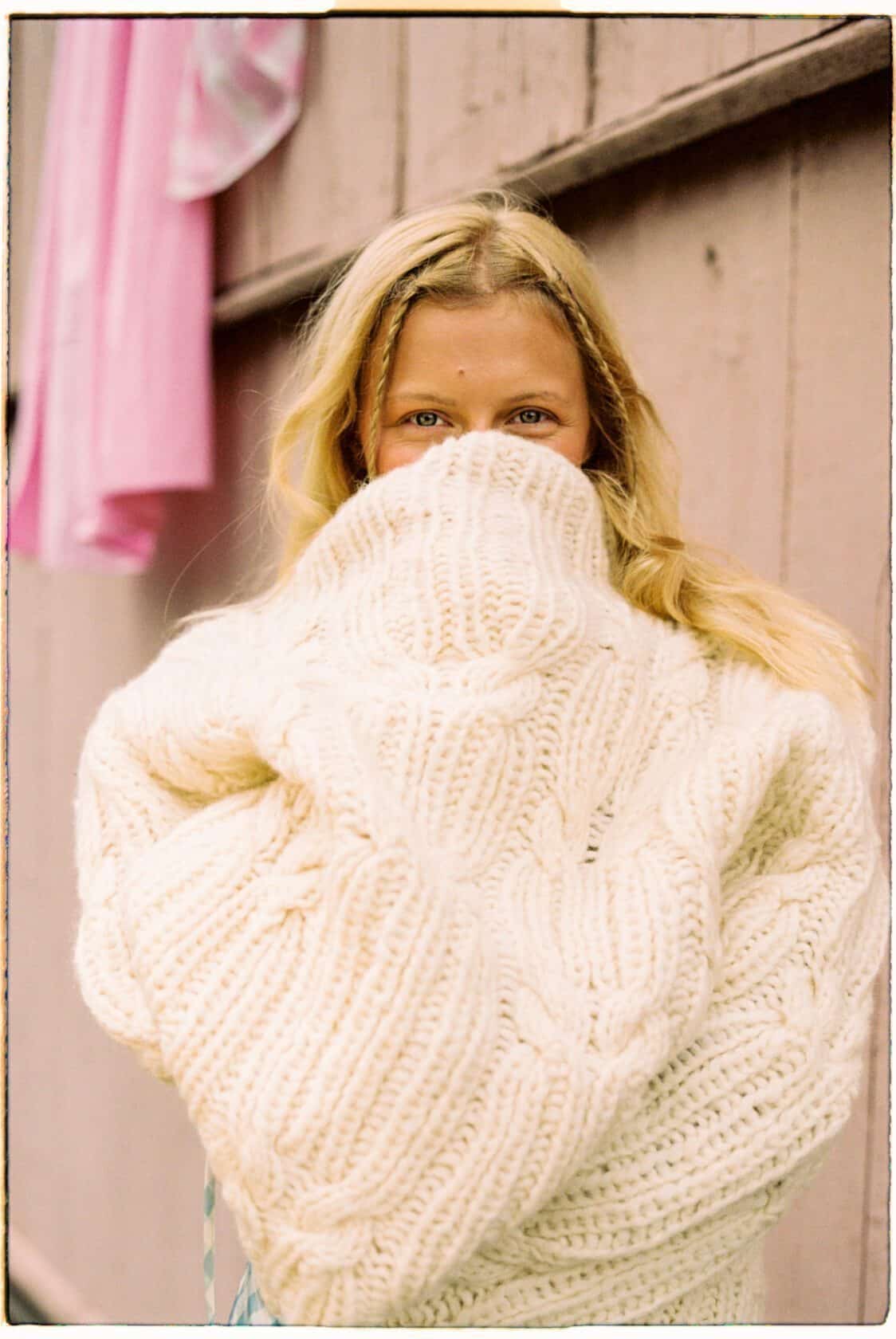
Else | Knit Kit
129 € – 145 €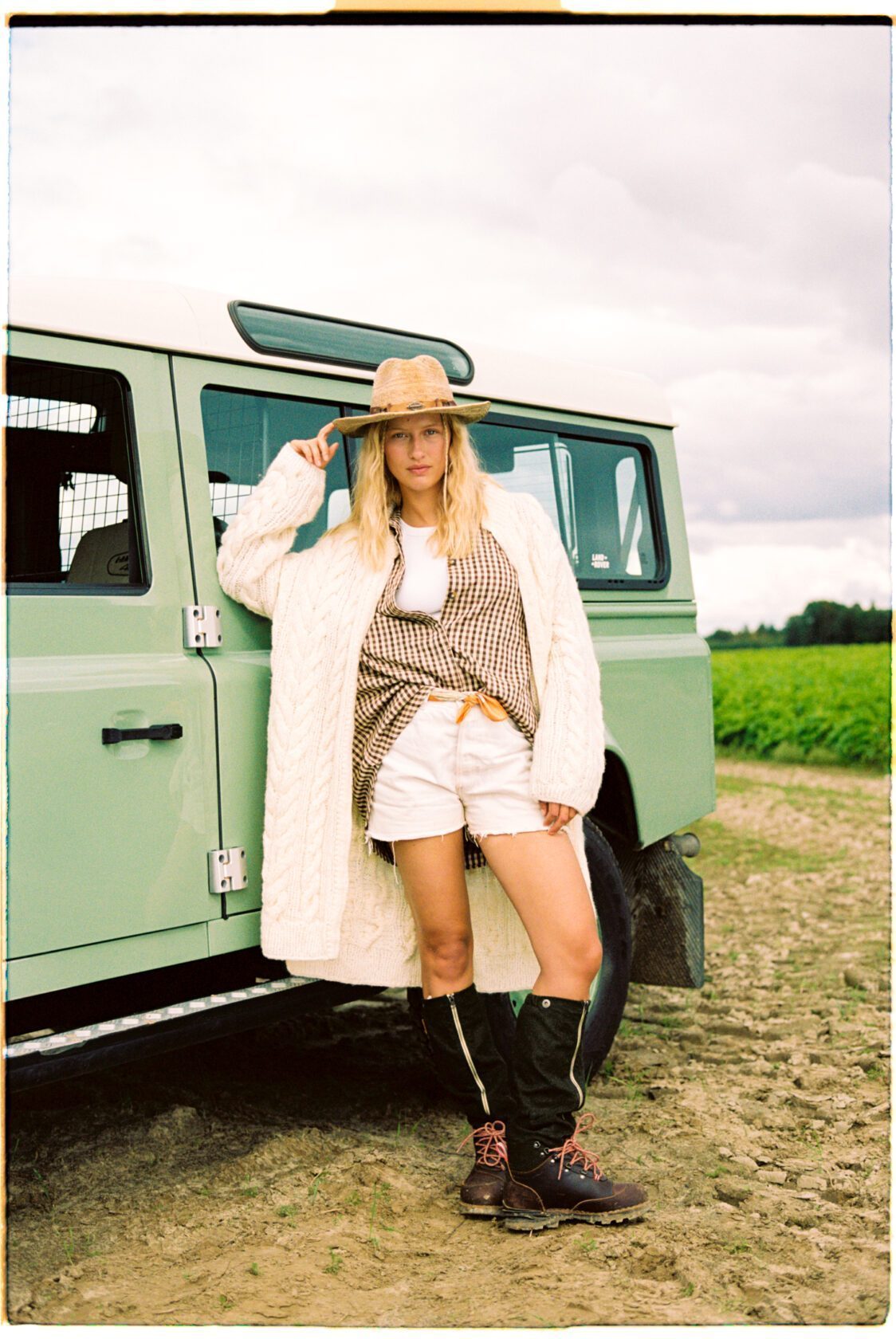
Fyrig | Knit Kit
129 € – 153 €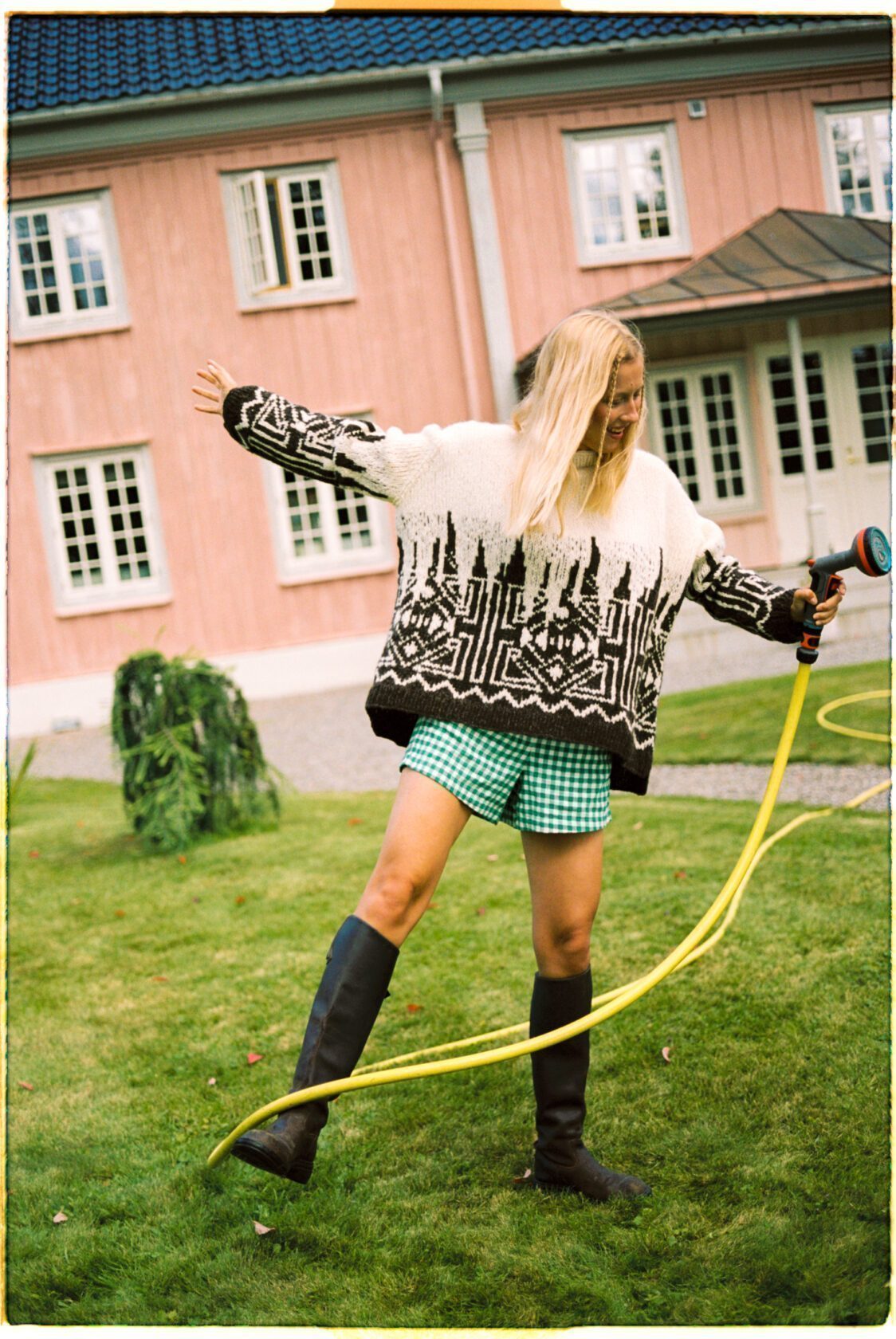
Vill | Knit Kit
970 € – 1210 €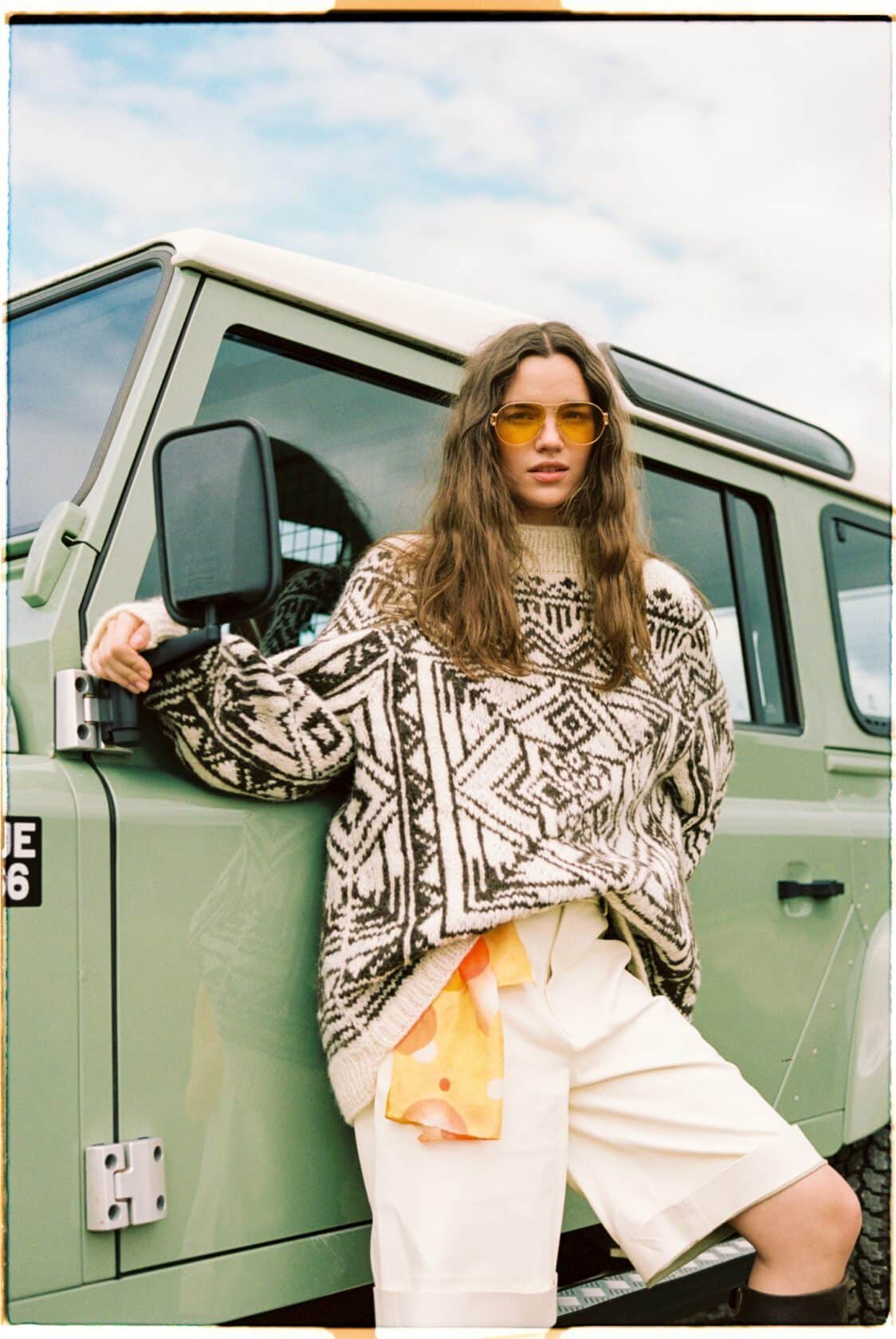
Ull er gull | Knit Kit
113 € – 1370 €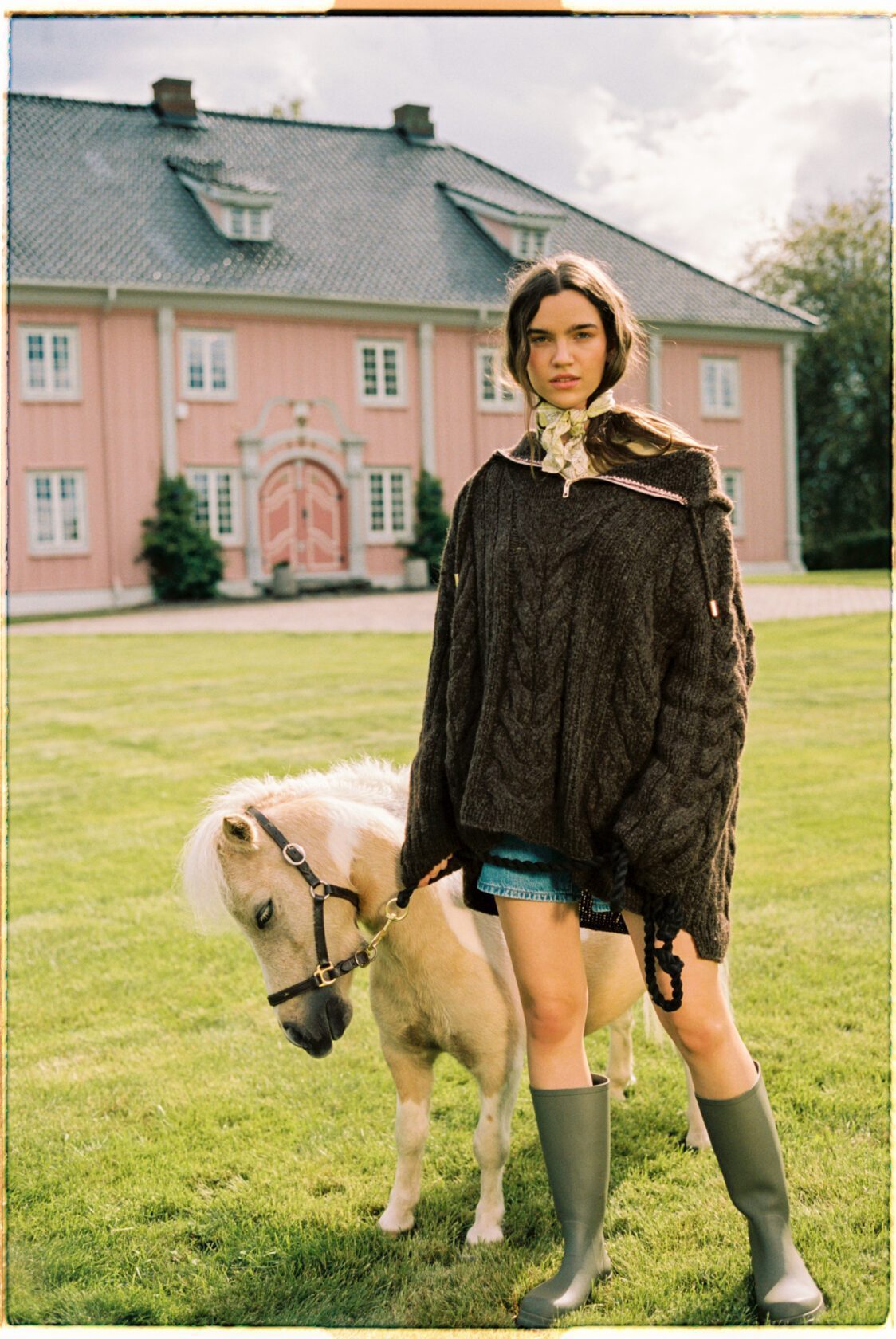
Barsk | Knit Kit
97 € – 113 €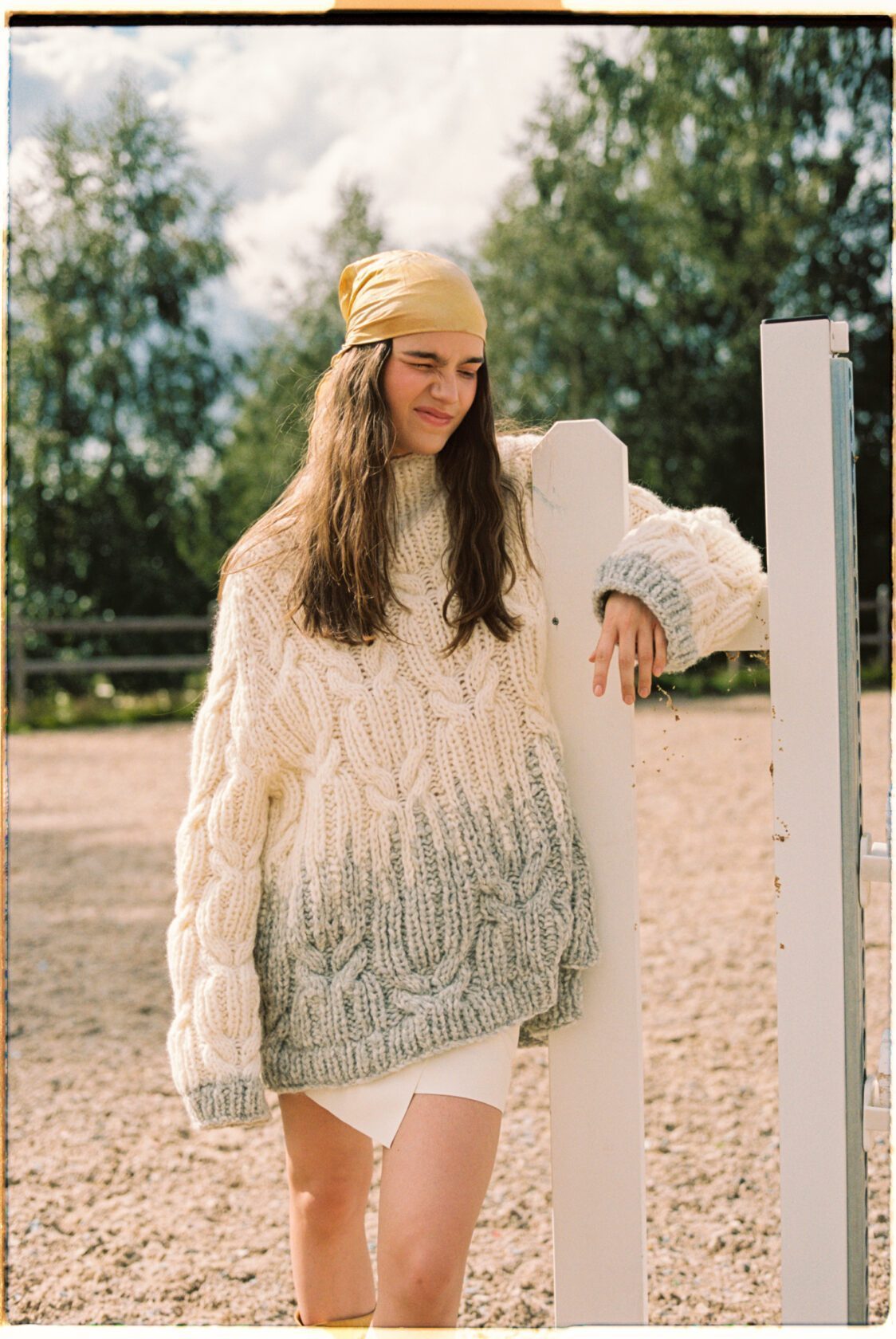
Varig | Knit Kit
161 € – 177 €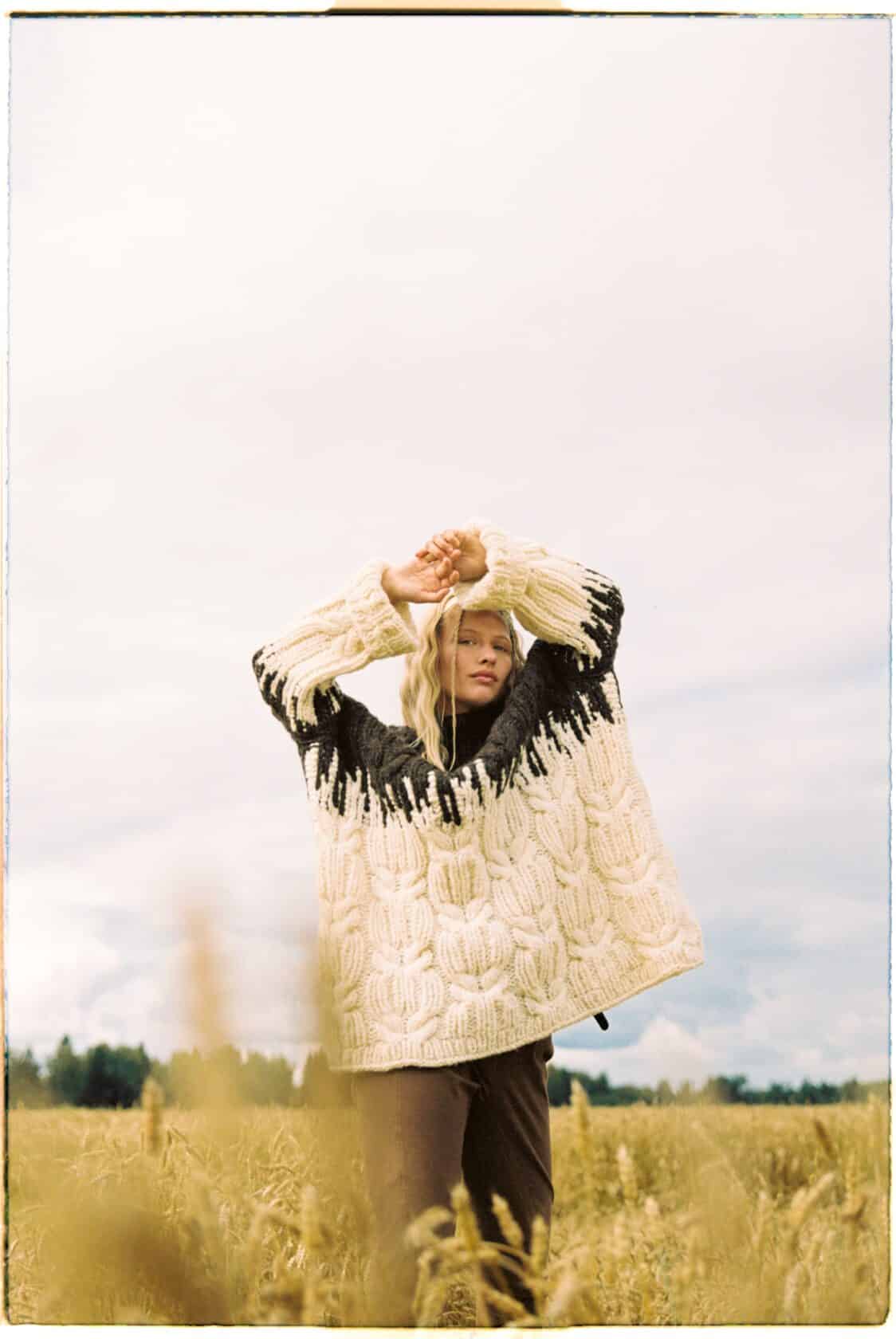
Lun | Knit Kit
169 € – 201 €